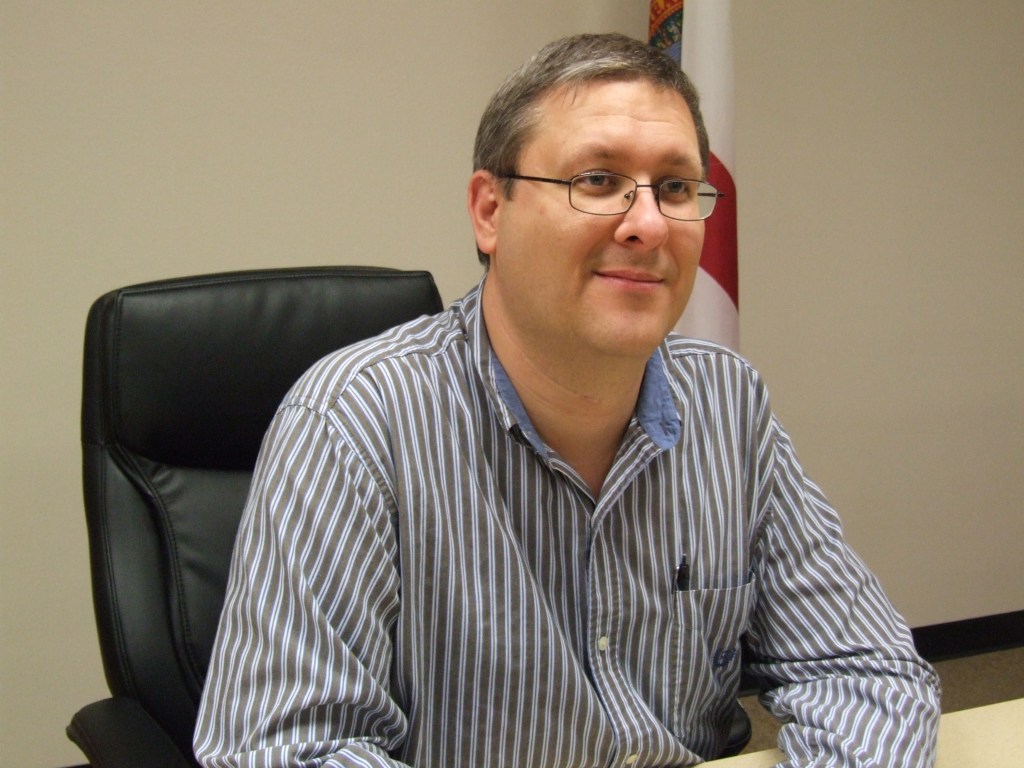Musgrove: Barbour describes Suwannee County in 1881
Published 11:00 am Monday, June 1, 2020

- Eric Musgrove
In 1881, George M. Barbour wrote a booklet entitled “Florida for Tourists, Invalids and Settlers.” Part of the work detailed Suwannee County, and it was reprinted in a 1962 Suwannee Democrat. It is interesting to see the changes over the last 140 years, but also some the similarities. Below is the beginning of the section on Suwannee County; the rest will be in next week’s article:
“Live Oak, the county seat of Suwannee County, is at the junction of the Jacksonville, Pensacola and Mobile and the Savannah, Florida and Western Railways, and is the half-way point between Tallahassee and Jacksonville. The surrounding country is pine woods with sandy soil, which looks poor, but which, with a little manure and good cultivation, produces excellent crops. There are a number of market gardens in the vicinity, and great quantities of vegetables are shipped from this point to Northern markets. The town spreads over a good deal of ground and contains about 800 inhabitants. A live weekly newspaper, ‘The Bulletin’, is published here, the schools are good, and there are churches of several denominations, with some respectable store buildings and a number of pleasant residences. Five miles south of the town (connected with it by a ‘tramroad’ or wooden railway) is Padlock and four miles north is the little village of Rixford.
“Houston lies six miles east of Live Oak, on the railroad, and is surrounded by a good farming country. Near the town are some fine springs, and in the vicinity are several beautiful lakes containing an abundance of excellent fish. Wellborn, twelve miles east of Live Oak, is a much larger place, and among its population are a number of settlers who have come thither from Indiana, Illinois, and Iowa. There are some fine hammock lands near the town, and in the neighborhood are Lake Wellborn and other lakes teeming with fish. Only eight miles away are the famous Suwannee White Sulphur Springs, attractively situated on the banks of the Suwannee River.
“The following description of Suwannee County is from a letter written by Mr. N. C. Rippey to the Tallahassee ‘Floridian’. We quote it because it is applicable to all this portion of the state, and contains information of value to immigrants:
“The county lies in the big bend of the Suwannee River or at least the river forms the boundary line on three sides. There is a high ridge extending across the county east and west, or nearly so, near the center north and south, some four miles or so in width. It is covered with the finest growth of pine timber in the county. In it is an abundance of stone, in ledges and in bowlders (sic). It is of a gray color, very soft; can be easily cut with a knife or saw, and on being exposed to the air for some time, it becomes as hard and durable as granite, and makes a very fine material for building purposes.”
We’ll finish this 1881 synopsis of Suwannee County next week!
Eric Musgrove can be reached at ericm@suwgov.org or 386-362-0564.





